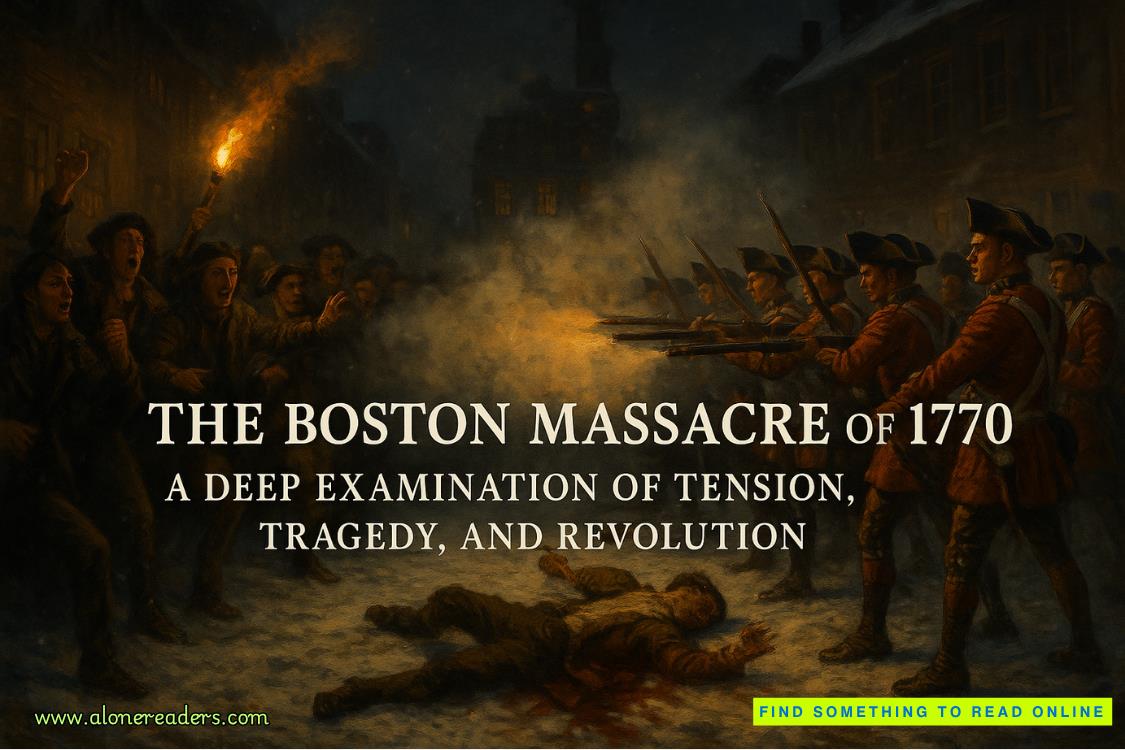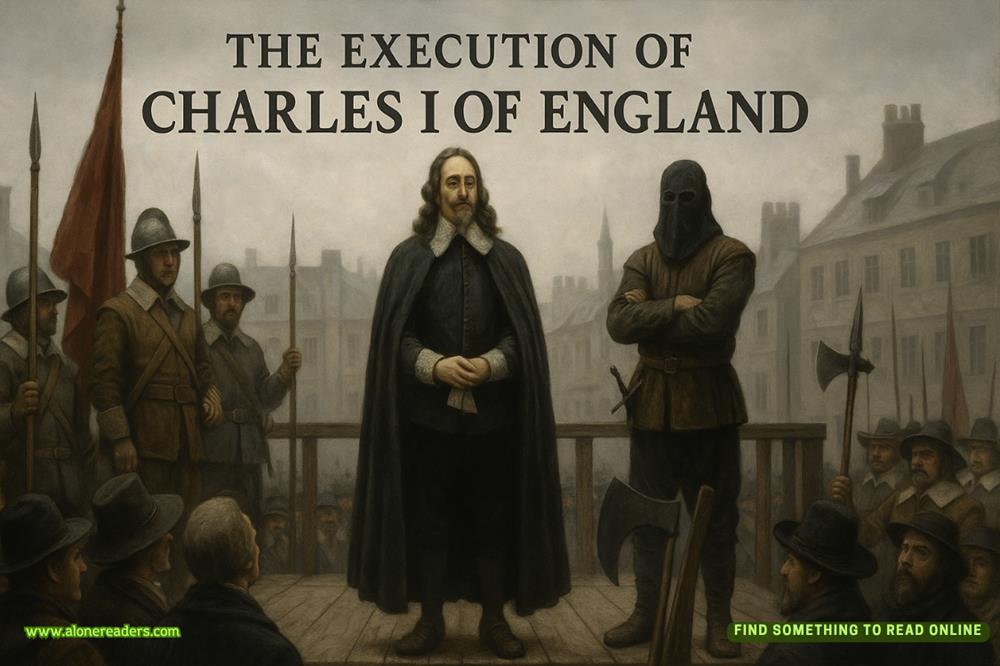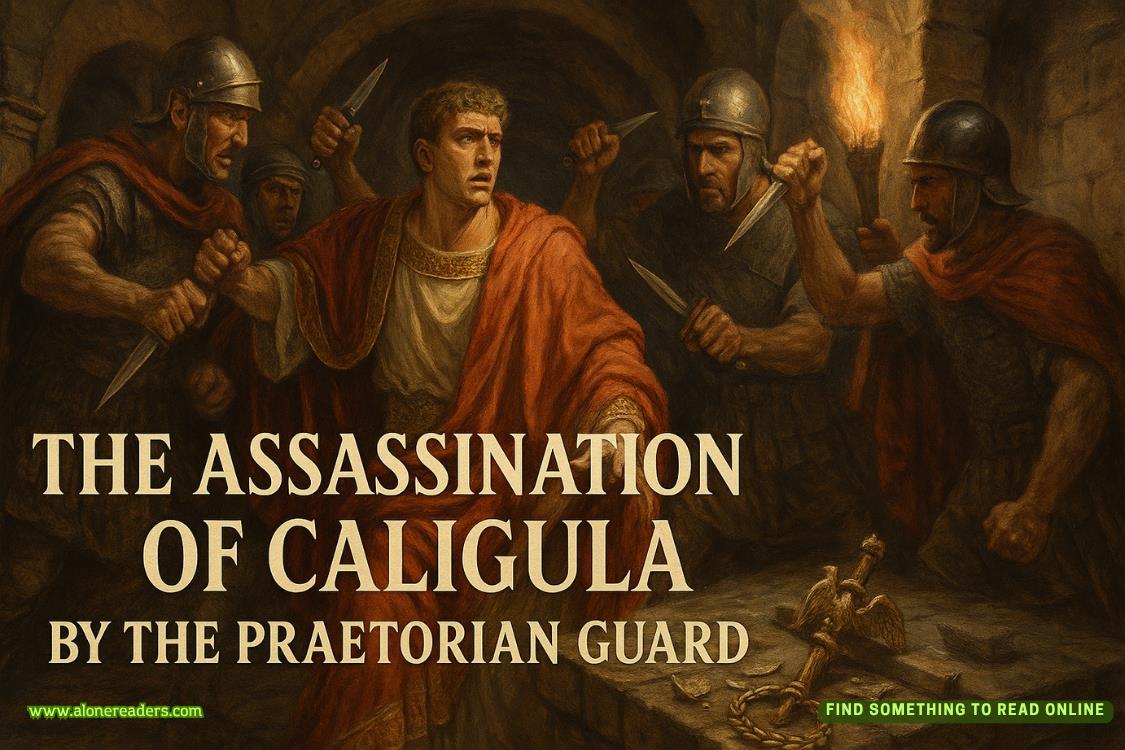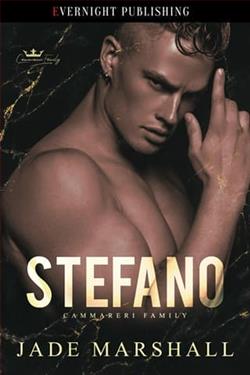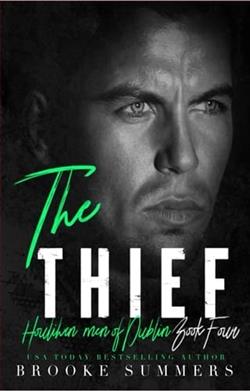Page 41 of Troubled Blood
They continued up the street and passed through St. John’s Gate, the ancient stone arch decorated with many small heraldic shields, emerging onto Clerkenwell Road, a bustling two-way street, which they crossed, arriving beside an old-fashioned scarlet phone box which stood at the mouth of Albemarle Way.
“Is that the phone box where the two women were seen struggling?” asked Robin.
Strike did a double take.
“You’ve read the case notes,” he said, almost accusingly.
“I had a quick look,” Robin admitted, “while I was printing out Two-Times’ bill last night. I didn’t read everything; didn’t have time. Just looked at a few bits and pieces.”
“Well, that isn’t the phone box,” said Strike. “The important phone box—or boxes—come later. We’ll get to them in due course. Now follow me.”
Instead of proceeding into a paved pedestrian area that Robin, from her own scant research, knew Margot must have crossed if she had been heading for the Three Kings, Strike turned left, up Clerkenwell Road.
“Why are we going this way?” asked Robin, jogging to keep up.
“Because,” said Strike, stopping again and pointing up at a top window on the building opposite, which looked like an old brick warehouse, “some time after six o’clock on the evening in question, a fourteen-year-old schoolgirl called Amanda White swore she saw Margot at the top window, second from the right, banging her fists against the glass.”
“I haven’t seen that mentioned online!” said Robin.
“For the good reason that the police concluded there was nothing in it.
“Talbot, as is clear from his notes, disregarded White because her story couldn’t be fitted into his theory that Creed had abducted Margot. But Lawson went back to Amanda when he took over, and actually walked with her along this stretch of road.
“Amanda’s account had a few things going for it. For one thing, she told the police unprompted that this had happened the evening after the general election, which she remembered because she had an argument with a Tory schoolfriend. The pair of them had been kept back after school for a detention. They’d then gone for a coffee together, over which the schoolfriend went into a huff when Mandy said it was good that Wilson had won, and refused to walk home with her.
“Amanda said she was still angry about her friend getting stroppy when she looked up and saw a woman pounding on the glass with her fists. The description she gave was a good one, although by this time, a full description of Margot’s appearance and clothing had been in the press.
“Lawson contacted the business owner who worked on the top floor. It was a paper design company run by a husband and wife. They produced small runs of pamphlets, posters and invitations, that kind of stuff. No connection to Margot. Neither of them were registered with the St. John’s practice, because they lived out of the area. The wife said she sometimes had to thump the window frame to make it close. However, the wife in no way resembled Margot, being short, tubby and ginger-haired.”
“And someone would’ve noticed Margot on her way up to the third floor, surely?” said Robin, looking from the top window to the front door. She moved back from the curb: cars were splashing through the puddles in the gutter. “She’d have climbed the stairs or used the lift, and maybe rung the doorbell to get in.”
“You’d think so,” agreed Strike. “Lawson concluded that Amanda had made an innocent mistake and thought the printer’s wife was Margot.”
They returned to the point where they had deviated from what Robin thought of as “Margot’s route.” Strike paused again, pointing up the gloomy side road called Albemarle Way.
“Now, disregard the phone box, but note that Albemarle Way is the first side street since Passing Alley I think she could plausibly have entered—voluntarily or not—without necessarily being seen by fifty-odd people. Quieter, as you can see—but not that quiet,” admitted Strike, looking toward the end of Albemarle Way, where traffic was passing at a steady rate. Albemarle Way was narrower than St. John’s Lane, but similar in being bordered by tall buildings in unbroken lines, which kept it permanently in shadow. “Still a risk for an abductor,” said Strike, “but if Dennis Creed was lurking somewhere in his van, waiting for a lone woman—any woman—to walk past in the rain, this is the place I can see it happening.”
It was at this moment, as a cold breeze whistled up Albemarle Way, that Strike caught a whiff of what he had thought were the dying stargazer lilies, but now realized was coming from Robin herself. The perfume wasn’t exactly the same as the one that Lorelei had worn; his ex’s had been strangely boozy, with overtones of rum (and he’d liked it when the scent had been an accompaniment to easy affection and imaginative sex; only later had he come to associate it with passive-aggression, character assassination and pleas for a love he could not feel). Nevertheless, this scent strongly resembled Lorelei’s; he found it cloying and sickly.
Of course, many would say it was rich for him to have opinions about how women smelled, given that his signature odor was that of an old ashtray, overlain with a splash of Pour Un Homme on special occasions. Nevertheless, having spent much of his childhood in conditions of squalor, Strike found cleanliness a necessary trait in anyone he could find attractive. He’d liked Robin’s previous scent, which he’d missed when she wasn’t in the office.
“This way,” he said, and they proceeded through the rain into an irregular pedestrianized square. A few seconds later, Strike suddenly became aware that he’d left Robin behind, and walked back several paces to join her in front of St. John Priory Church, a pleasingly symmetrical building of red brick, with long windows and two white stone pillars flanking the entrance.
“Thinking about her lying in a holy place?” he asked, lighting up again while the rain beat down on him. Exhaling, he held the cigarette cupped in his hand, to prevent its extinguishment.
“No,” said Robin, a little defensively, but then, “yes, all right, maybe a bit. Look at this…”
Strike followed her through the open gates into a small garden of remembrance, open to the public and full (as Robin read off a small sign on the inner wall) of medicinal herbs, including many used in medieval times, in the Order of St. John’s hospitals. A white figure of Christ hung on the back wall, surrounded with the emblems of the four evangelists: the bull, the lion, the eagle and the angel. Fronds and leaves undulated gently beneath the rain. As Robin’s eyes swept the small, walled garden, Strike, who’d followed her, said,
“I think we can agree that if somebody buried her in here, a cleric would have noticed disturbed earth.”
“I know,” said Robin. “I’m just looking.”
As they returned to the street, she added,
“There are Maltese crosses everywhere, look. They were on that archway we just passed through, too.”
“It’s the cross of the Knights Hospitaller. Knights of St. John. Hence the street names and the emblem of St. John ambulance; they’ve got their headquarters back in St. John’s Lane. If that medium Googled the area Margot went missing, she can’t have missed Clerkenwell’s associations with the Order of St. John. I’ll bet you that’s where she got the idea for that little bit of ‘holy place’ padding. But bear it in mind, because the cross is going to come up again once we reach the pub.”




